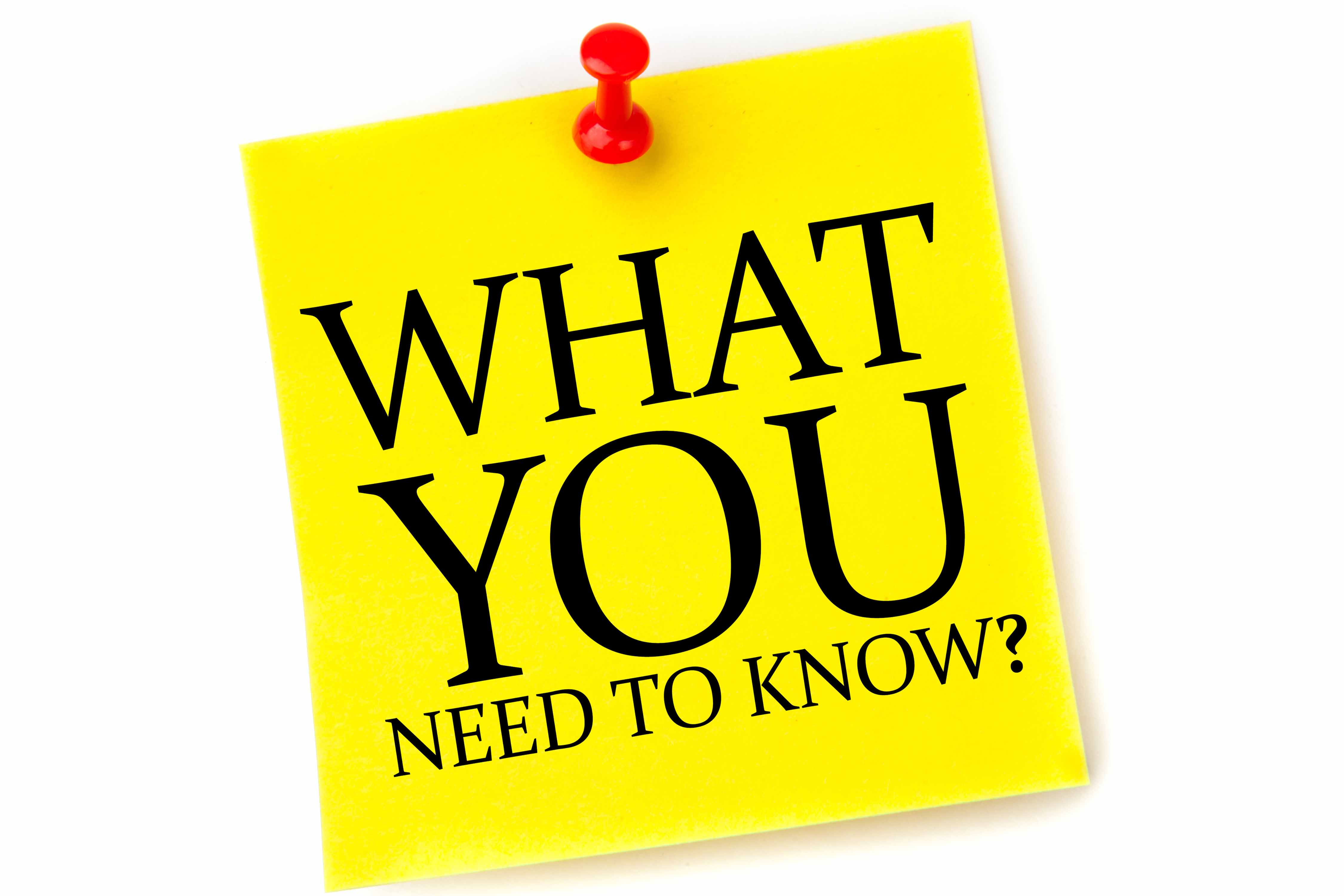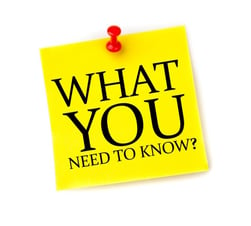
One thing I often observe with organizations that are relatively new to data governance is their oversight to recognize that metadata is data that also needs to be managed.
Metadata, otherwise known as ‘information about the data’ is just as critical as the data itself. Metadata includes a wide range of things from who or how a piece of data was created, to transformations that were made to the data, to entitlement rights, and everything in between. Without this type of information, a piece of critical data may lack necessary integrity to be trusted, or present an inability to understand the lineage of the data. In other cases it may prevent us from being able to determine if the data is fit for purpose, such as knowledge of the point in time at which a price was set on a financial security, or sampling rate for a scientific data sample.
range of things from who or how a piece of data was created, to transformations that were made to the data, to entitlement rights, and everything in between. Without this type of information, a piece of critical data may lack necessary integrity to be trusted, or present an inability to understand the lineage of the data. In other cases it may prevent us from being able to determine if the data is fit for purpose, such as knowledge of the point in time at which a price was set on a financial security, or sampling rate for a scientific data sample.
When crafting our data management strategy we must ensure that we recognize the fact that metadata is also data that we must manage. This means that we must give conscious thought to the types of metadata we will need, document that, and establish a strategy to ensure that information is captured and managed right along with the rest of our critical data elements. Remember too, that there are various types of metadata across a range of categories. While there is no single authoritative list of categories across all industries or sectors, it is safe to say that metadata can be technical, administrative, or operational. The key is not so much that you classify your metadata under a specific list of categories, but that you identify all the metadata that is necessary for your use and understanding of the data elements, and that you establish a strategy and methods to capture and manage that metadata.
How functional is your metadata management within your data management strategy?
These Stories on Enterprise Data Management



No Comments Yet
Let us know what you think